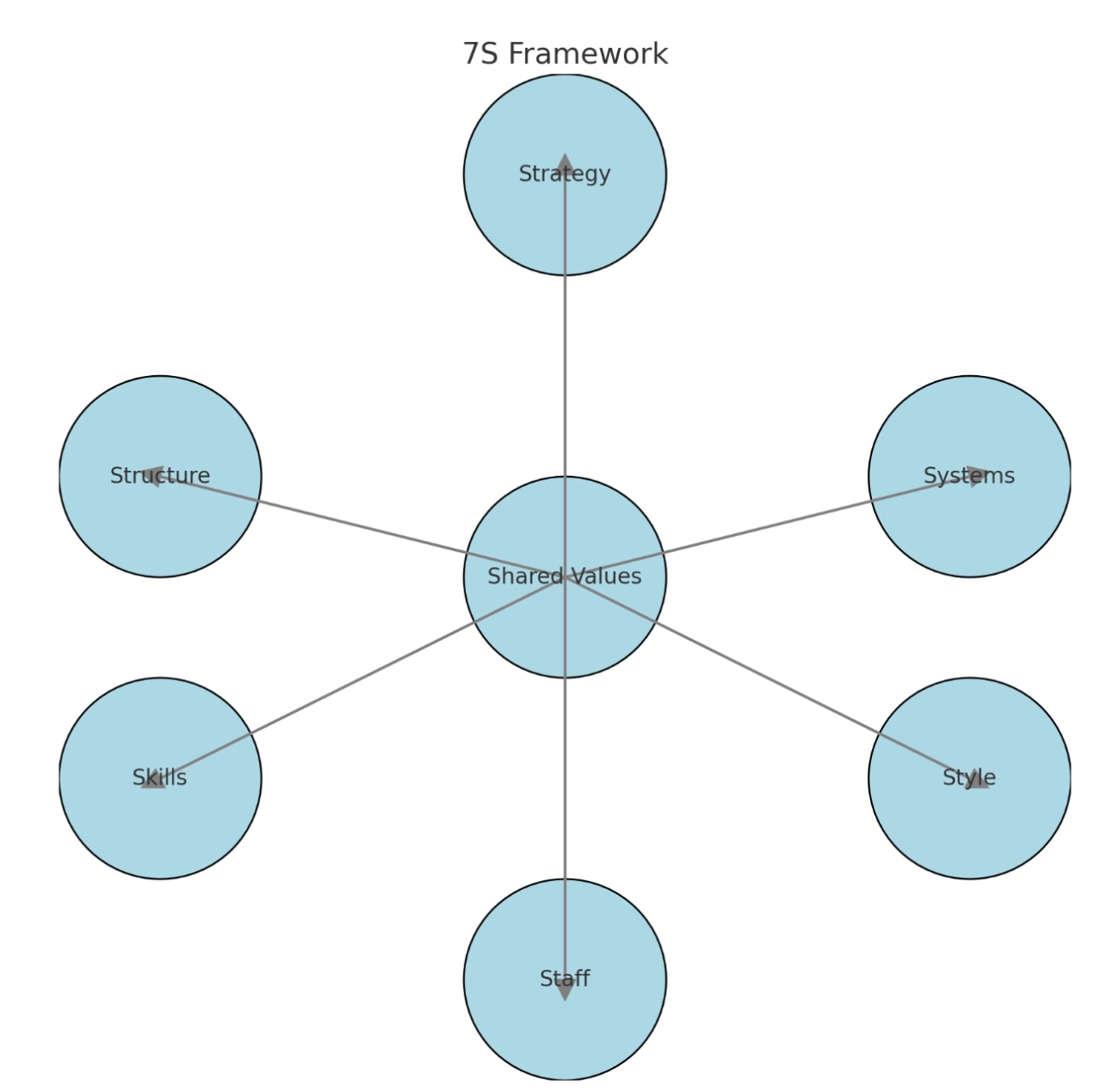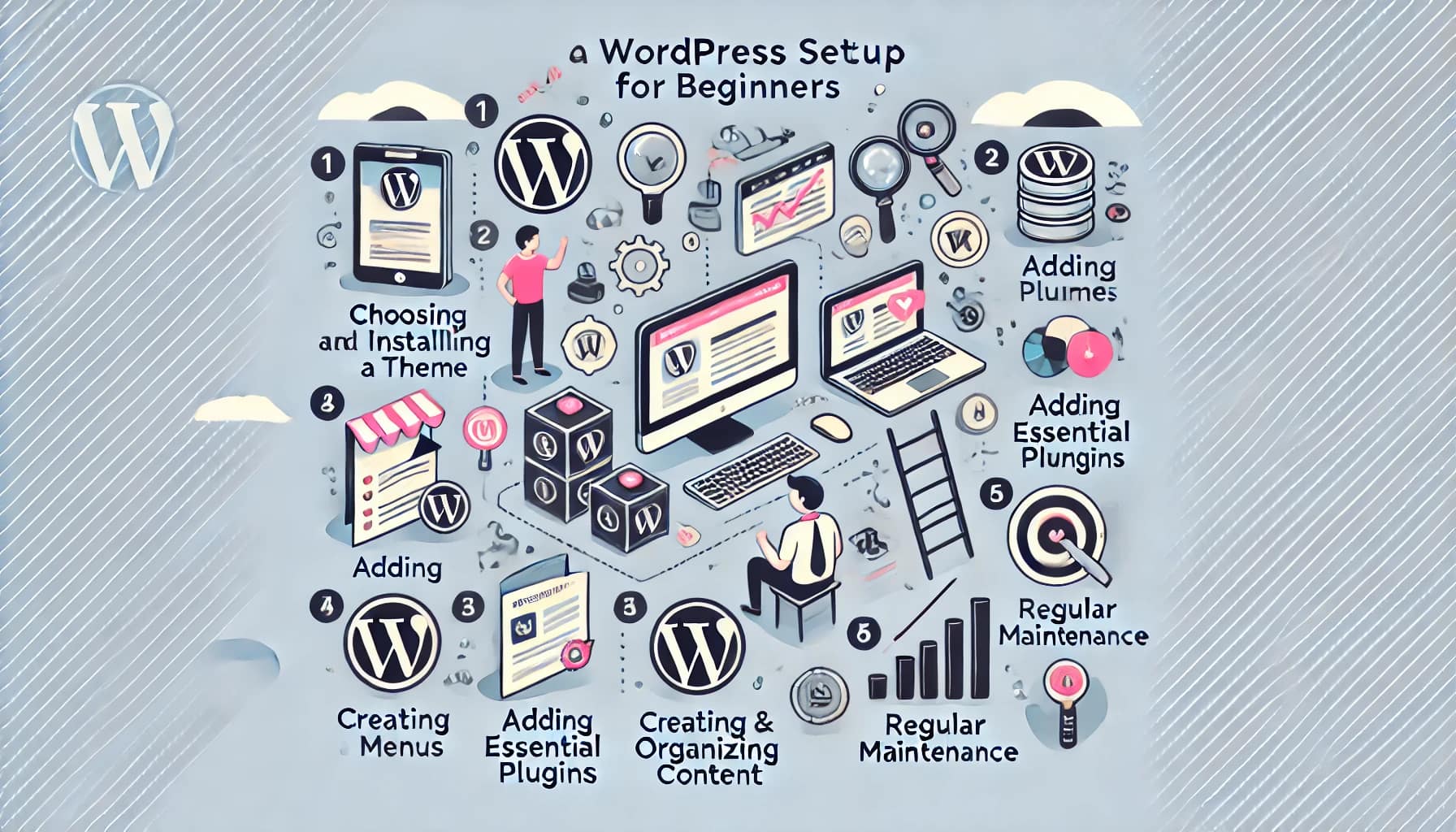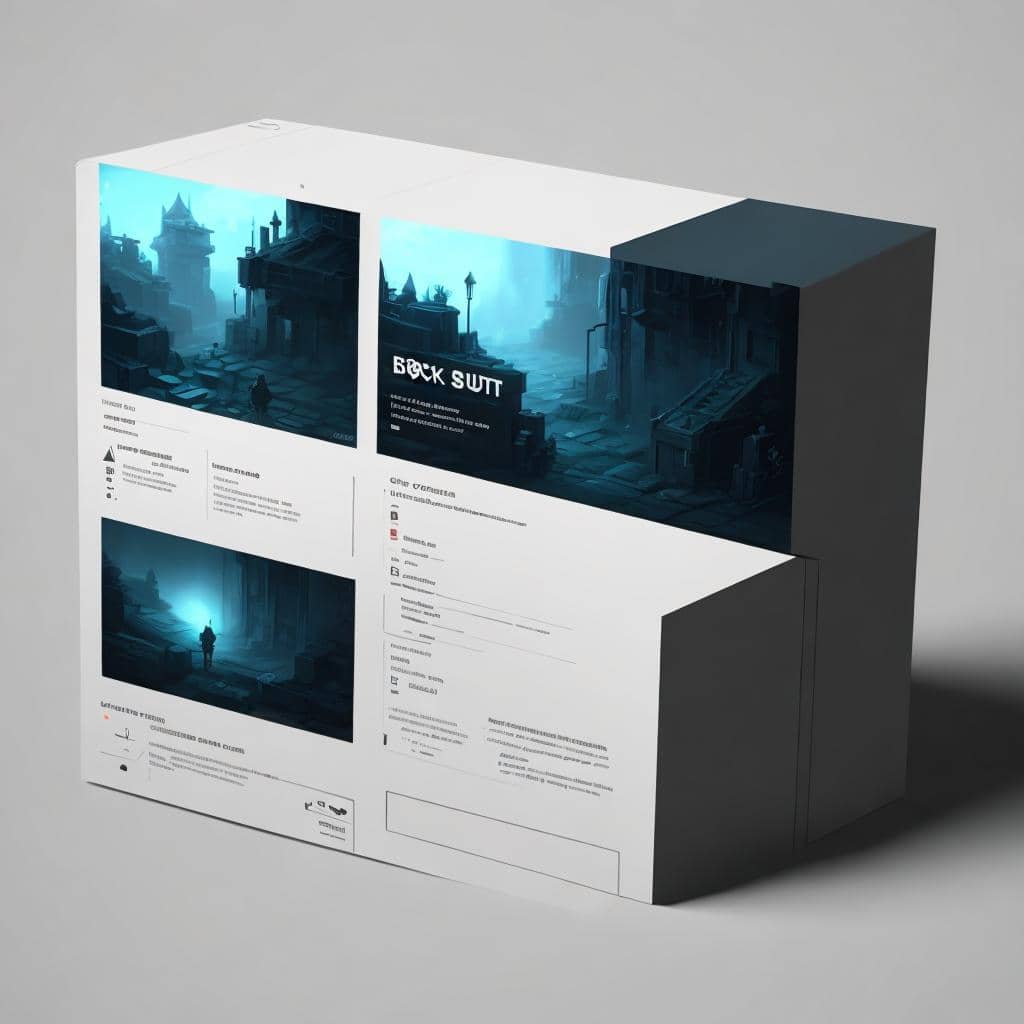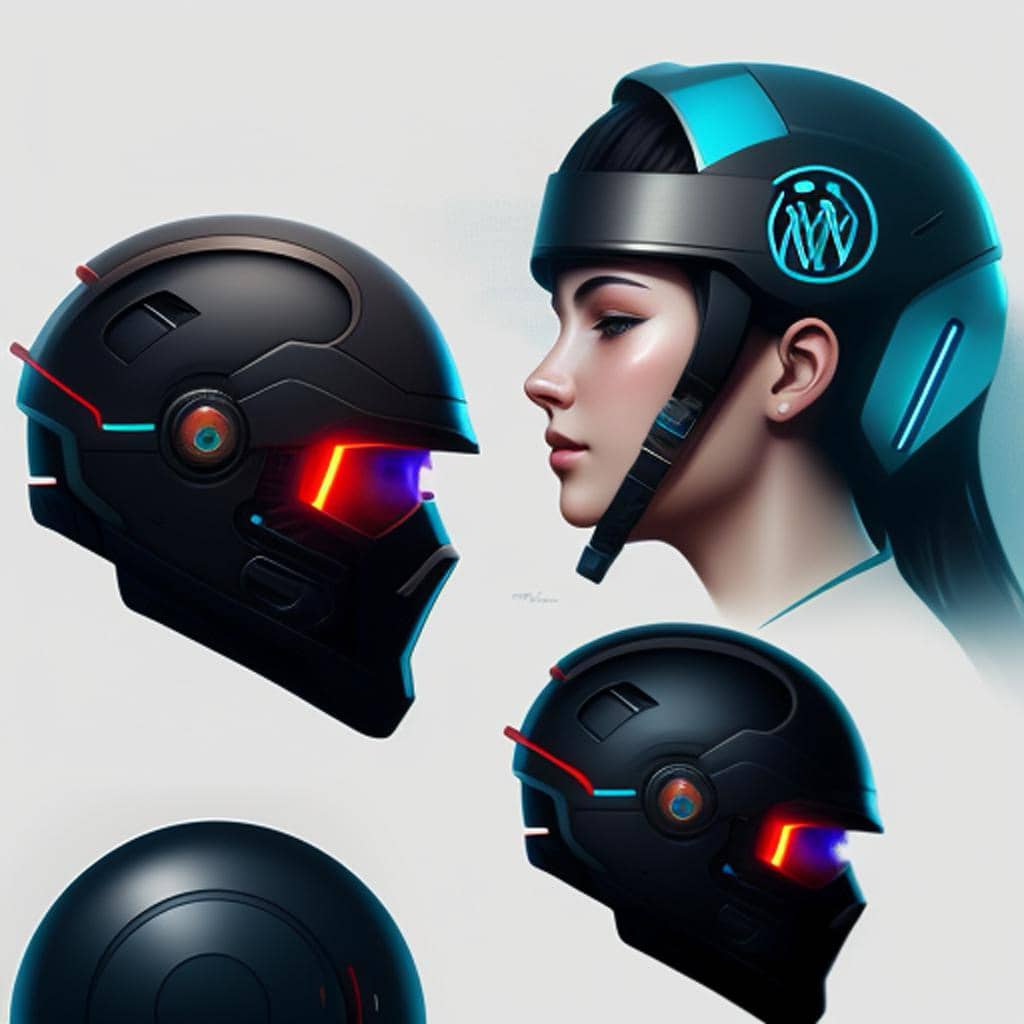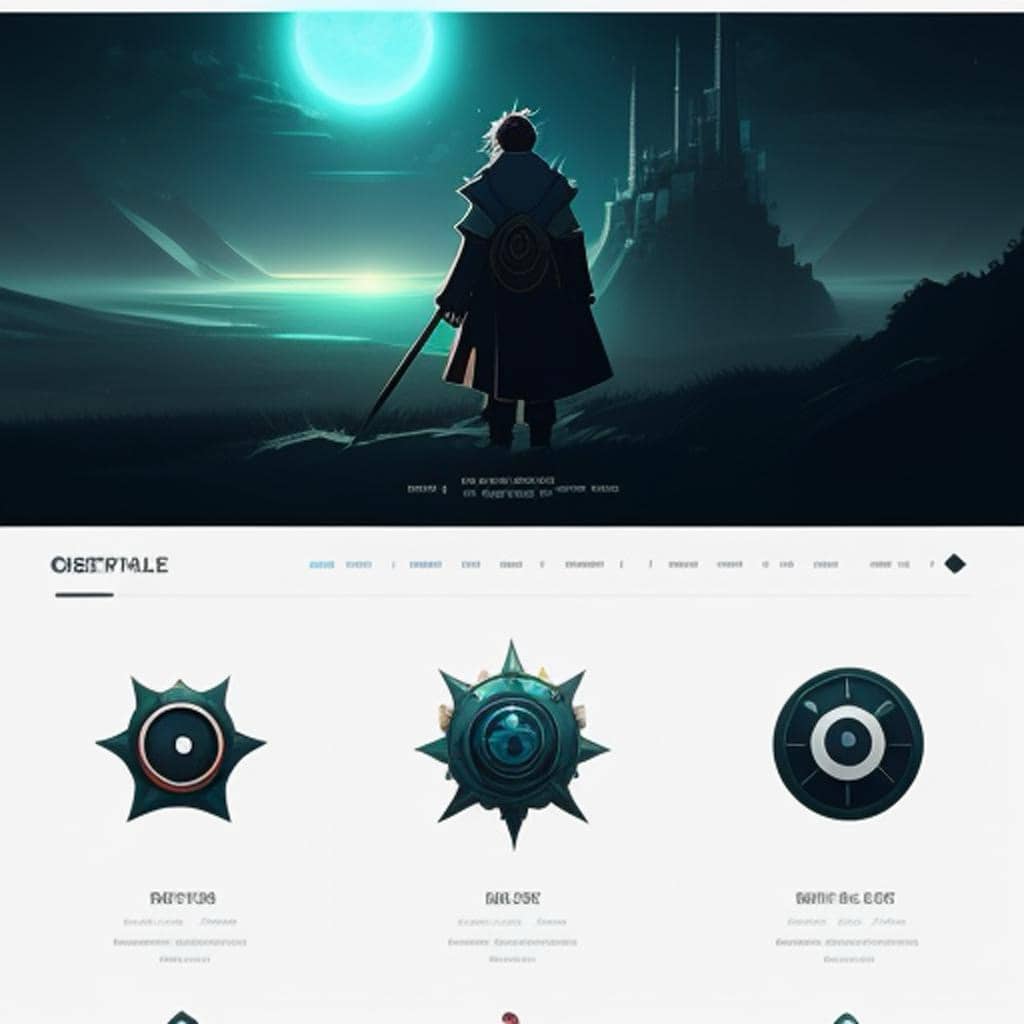
Accessibility for WordPress websites
In today’s digital age, it’s more important than ever to ensure that your website is accessible to everyone, including people with disabilities. Accessibility means ensuring that your website is designed and built in a way that allows people with disabilities to use it effectively. This includes people who are blind or visually impaired, deaf or hard of hearing, have mobility impairments, or cognitive disabilities. In this blog post, we’ll explore some of the ways you can make your WordPress website more accessible.
Use an Accessible WordPress Theme
The first step in creating an accessible website is to choose an accessible WordPress theme. There are many themes available in the WordPress repository, but not all of them are accessible. When selecting a theme, look for one that is designed with accessibility in mind. The theme should be responsive, with good color contrast, and should be designed to work well with assistive technologies such as screen readers.
Use Alternative Text for Images
Alternative text (alt text) is a brief description of an image that is read by screen readers for people who are visually impaired. When adding images to your website, be sure to include alt text. This not only makes your website more accessible but also helps with search engine optimization (SEO).
Provide Captions and Transcripts for Audio and Video Content
If you have audio or video content on your website, it’s important to provide captions and transcripts. Captions are text versions of the audio content that appear on the screen, and transcripts are written versions of the audio content. Providing captions and transcripts makes your content accessible to people who are deaf or hard of hearing.
Use Heading Tags Properly
Heading tags (H1, H2, H3, etc.) are used to structure the content on your website. They help users to understand the hierarchy of the content and make it easier to navigate. When using heading tags, be sure to use them in the correct order (H1 for the main title, H2 for subheadings, etc.). This makes it easier for screen readers to understand the structure of your content.
Ensure Keyboard Accessibility
Keyboard accessibility is an important aspect of website accessibility. Many people with disabilities rely on a keyboard to navigate a website, so it’s important to ensure that all website functions can be accessed using a keyboard. This includes forms, dropdown menus, and other interactive elements.
Provide Clear and Concise Content
Clear and concise content is important for all users, but it’s especially important for people with cognitive disabilities. When writing content for your website, use clear and simple language. Avoid using jargon or technical terms that may be difficult to understand.
Test Your Website for Accessibility
Finally, it’s important to test your website for accessibility. There are many online tools available that can help you to test the accessibility of your website. These tools can identify any accessibility issues and provide suggestions for how to fix them.
In conclusion, creating an accessible WordPress website requires attention to detail and a commitment to making your website usable for everyone. By following these tips, you can create a website that is accessible to all users, regardless of their abilities.
Reference
Make sure to check the one click accessibility plugin
Accessibility is an issue for many

Invest in your future & learn
Learn affiliate marketing & build your own website with an awesome community and join me there. You can be a free starter for as long as needed. It includes free hosting and basic teachings. If you are an advanced user, you may like to level up. Just have a look, and see for yourself!
Source OpenAI’s ChatGPT-3 Language Model – Images Picsart

